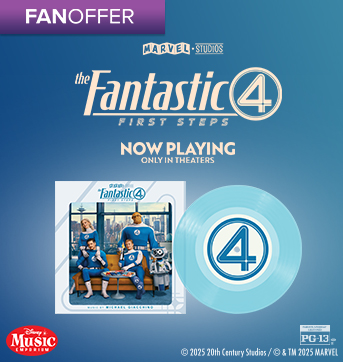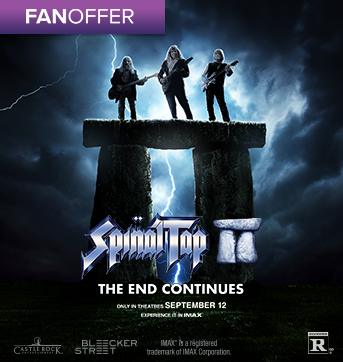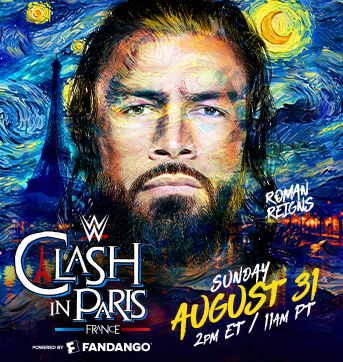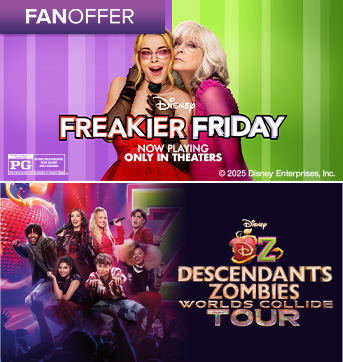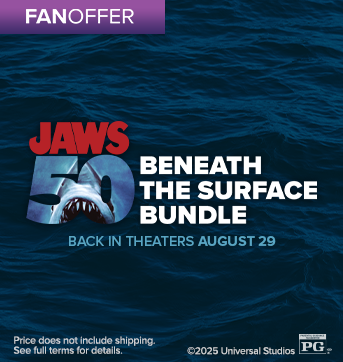Celebrating its 40th anniversary this week, Jaws (1975) is now considered one of the all-time greats, but it’s amazing that the movie even got to the screen at all. Major production problems, an unfinished script and a nervous director all spelled disaster, but somehow the film came together and became a masterpiece of terror and suspense.
1. Steven Spielberg was not the studio’s original choice to direct.
Universal Pictures first approached director Dick Richards about directing Jaws after he made his directorial debut with The Culpepper Cattle Company. But during his meeting with the producers, Richards kept referring to the shark as a whale, which cost him the job. It went instead to young filmmaker Steven Spielberg, who had just made his first feature, The Sugarland Express.

2. Spielberg wanted to quit Jaws to do a movie about booze smugglers.
Soon after he signed to do Jaws, Spielberg worried that this movie combined with his TV film Duel would typecast him as a horror director. So he tried to quit and take a job offered by 20th Century Fox to direct Lucky Lady, a Prohibition-era film starring Gene Hackman and Burt Reynolds. Luckily for all involved, Universal forced Spielberg to honor his contract and stay on Jaws.

3. Sometimes it pays to be the boss’s wife.
Spielberg promised producers Richard Zanuck and David Brown that he would hire known actors for the lead roles, but the first part cast came from a different source. Lorraine Gary -- the wife of Universal head Sid Sheinberg -- was chosen to play Ellen Brody, wife of police chief Martin Brody. You think Spielberg was going to turn her away?

4. A major Hollywood movie star wanted to play Brody -- and Spielberg said no.
Hollywood superstar Charlton Heston wanted very badly to play Amity police chief Martin Brody, but Spielberg wasn’t interested. His reasoning was that after recently saving a passenger jet in Airport ’75 and rescuing people in a collapsing building in Earthquake, Heston would not seem very threatened by a shark. The role went instead to the great Roy Scheider.

5. Two well-known character actors turned down the role of Quint.
For the role of Quint, the eccentric fisherman hired to kill the shark terrorizing Amity, Spielberg wanted character actor Sterling Hayden (The Godfather). But Hayden passed, as did another legendary screen heavy, Lee Marvin. Robert Shaw was hesitant too, but took the part on the advice of his wife and his secretary -- who had previously persuaded him to play the villain in the James Bond classic From Russia with Love.

6. One of the best lines in Jaws happened almost by accident.
Numerous writers worked on the script for Jaws, but the final screenplay was hammered out during principal photography by Carl Gottlieb (who also plays newspaper editor Meadows). Spielberg, Gottlieb and the cast would sit down together every night after filming and figure out what was next. Brody's famous line, "You're gonna need a bigger boat," was ad-libbed on the set.

7. Where did Bruce the shark get his name?
There were three versions of the mechanical shark used in Jaws, and none of them worked very well -- in fact, they malfunctioned for most of the production, forcing Spielberg to suggest the shark’s presence rather than show it. Yet Spielberg apparently felt affectionate enough for the prop to name it after his lawyer, Bruce Raimer.

8. Spielberg was convinced Jaws would ruin his career.
Jaws went so far over budget and over schedule that crew members began to call the movie Flaws. Producer David Brown estimated that the initial budget of $4 million more than doubled to $9 million -- which was considered very expensive in 1975. The original 55-day shoot ballooned to 159 days. Spielberg was convinced he’d never work again once word got around Hollywood about his out-of-control movie.

9. You’ll never believe where one of the scariest scenes in Jaws was shot.
Spielberg reshot the scene in which Hooper (Richard Dreyfuss) discovers the head of local fisherman Ben Gardner (Craig Kingsbury) not in Martha's Vineyard, where the rest of the picture was filmed, but in editor Verna Fields' swimming pool, paying the $3,000 it cost out of his own pocket because Universal refused to foot the bill for any more shooting.

10. The success of Jaws invented a new kind of movie.
Jaws opened in 409 theaters in the U.S. on June 20, 1975 -- at the time an unprecedented wide release (wide releases are up to 10 times that amount of screens now). The film's instant success led Hollywood studios to change the way they marketed movies, creating the concept of the "summer blockbuster."

11. Jaws is now under the protection of the U.S. government.
Among its milestones, Jaws was the first movie to reach $100 million at the box office and was the highest grossing film of all time for two years, until Star Wars arrived. But perhaps most importantly, Jaws was selected in 2001 by the U.S. Library of Congress for preservation in the National Film Registry as a “culturally significant” motion picture.






